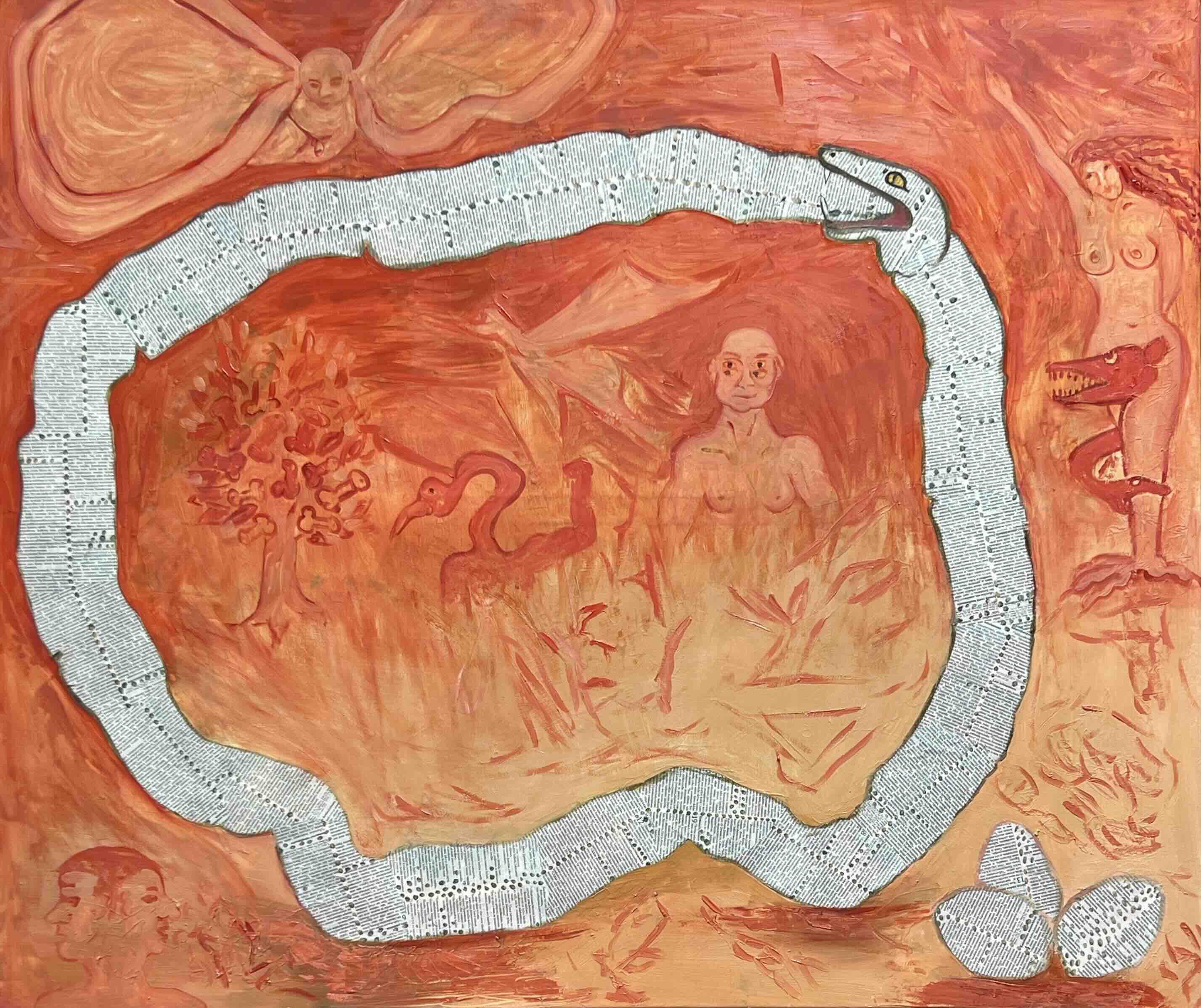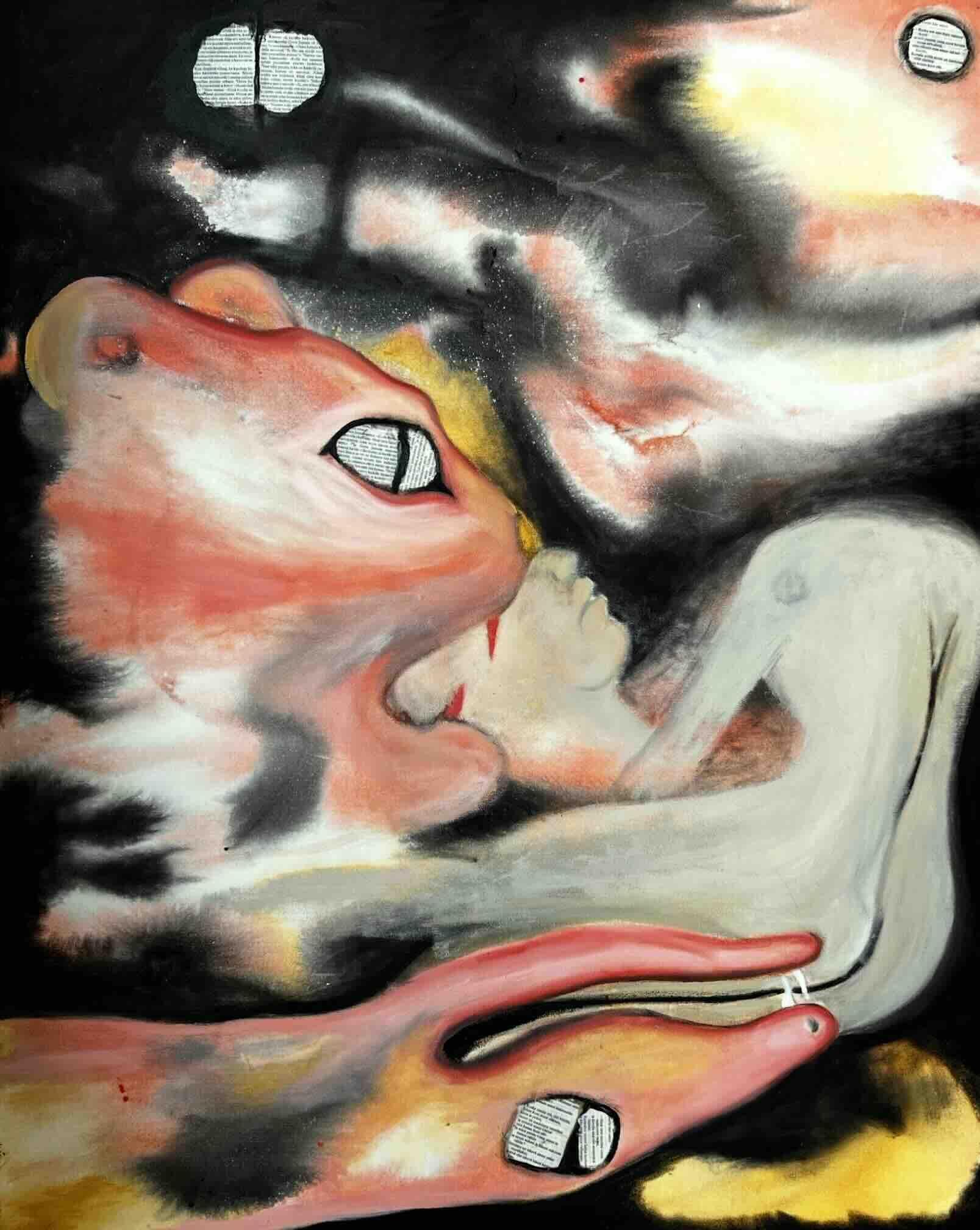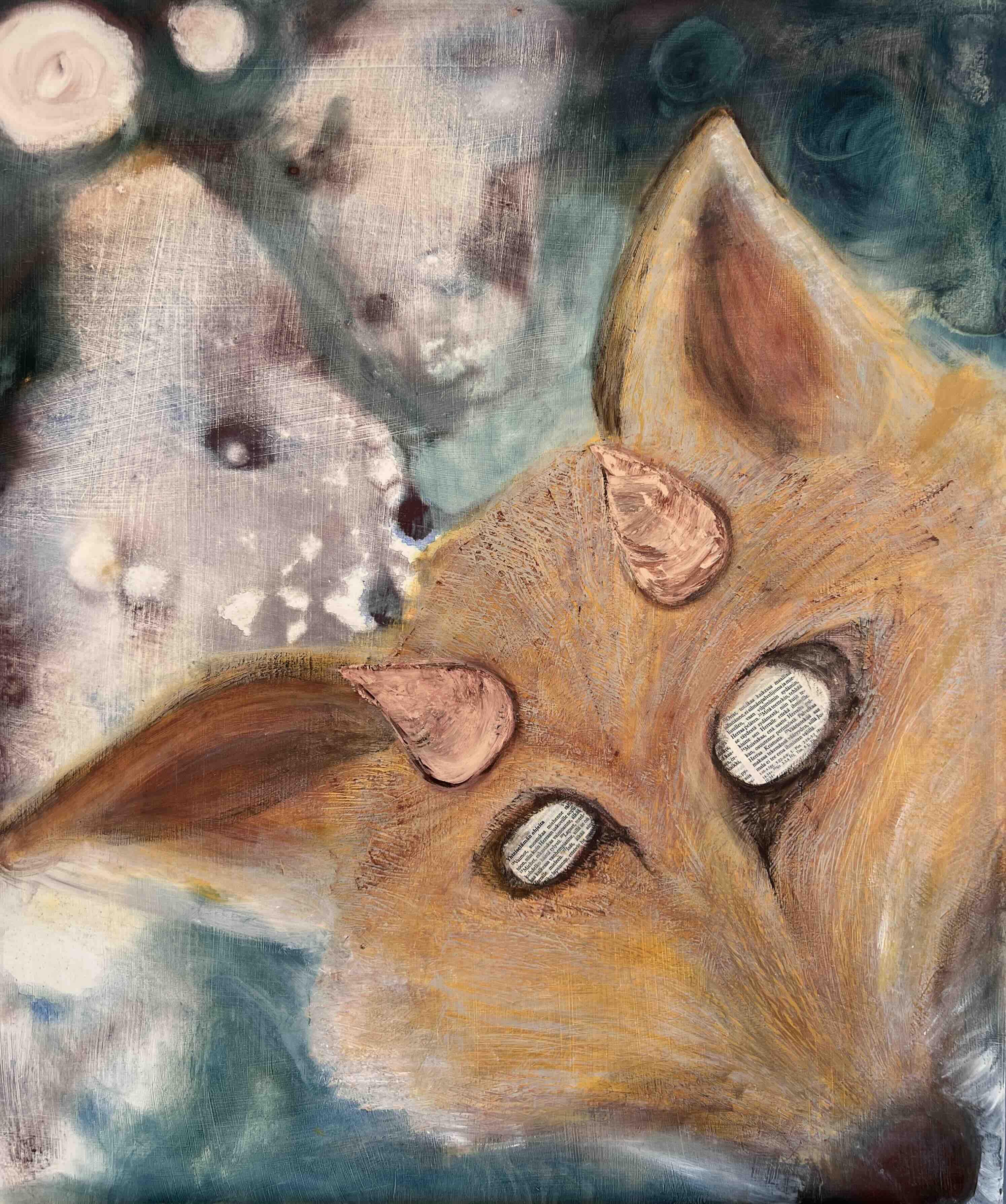Work Presentation: The Dreams of an Agnostic
I approach the texts of the Bible from the perspective of historical-critical interpretation. According to this method, the Bible should be understood as a collection written during specific times and under specific circumstances. In other words, the Bible is interpreted like any other text from antiquity.
As a teenager, I wasn’t interested in the usual beer-drinking crowds, so I ended up spending a few years with Christian youth groups. Long enough to read and underline my Bible twice, only to eventually conclude that it was quite the storybook.
According to Outi Lehtipuu, the Bible is often used as a tool of power, where interpretation is guided by the aim of increasing one’s own authority. Interpretations are never neutral, as they have an impact on real life (Outi Lehtipuu, 2014).
Biblical texts carry a sacred weight—they serve as instruments of power and control, and their inviolability is almost a taboo. I feel a fearful sense of guilt when tearing out Bible pages that I find absurd or oppressive.
In my exhibition The Dreams of an Agnostic, I specifically examine the root causes of subconscious dream images. What kind of emotions or needs lie hidden behind them?
I seek support for interpretation using the tools of Nonviolent Communication (NVC) theory. According to NVC, behind feelings of fear or guilt, there is always an unmet need. I reflect on my own needs: the need for fair treatment, the need for truth, the need to be accepted as I am. Not the need to be lesser—someone to be fed any tale invented as a tool of power, whether Jesus was a historical person or not.
The creation story, Noah’s Ark, sinful Eve, the virgin birth of God’s son—these stories, in the light of modern science, sound as mythical as our own Kalevala, and that is how I treat them. Valuable in themselves, but I do not accept them as instruments of power or subjugation.
In my piece Ouribor, I bring forth the monsters utilized by the Church during the Middle Ages. People were frightened into obedience with creatures like stork-men, four-eyed Maritime people, Panoti monsters who flew with their large ears, headless Blemmyes, snake women, and bishop-fish.
I do not wish to deny the good life advice or proverbs found in the Bible, but I also want to remind that already ancient philosophers like Plato offered us virtues such as moderation, justice, wisdom, and courage.
Reflecting on Biblical texts through the means of art felt like an important—and dangerous—process. I don’t expect everyone to understand this.
As an agnostic, my view is that it’s not possible to know whether supernatural beings exist or whether the existence of the universe is the result of their benevolent or malevolent actions—but most likely there is something beyond human understanding or proof.




